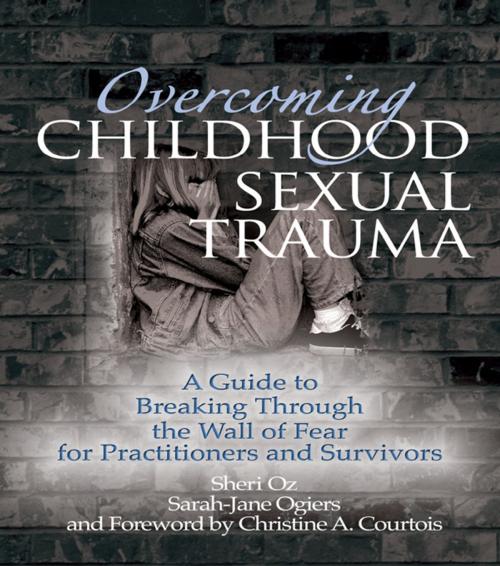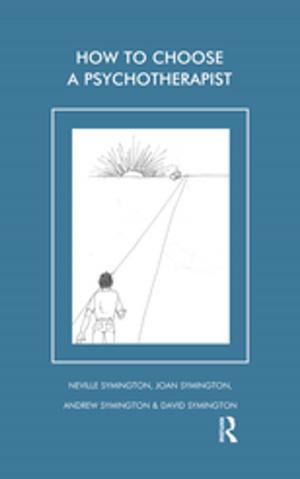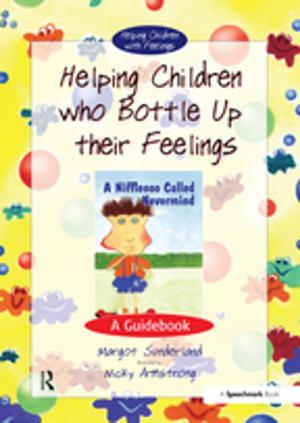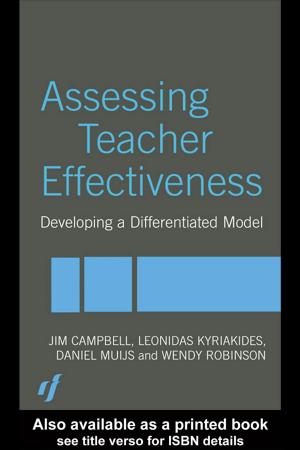Overcoming Childhood Sexual Trauma
A Guide to Breaking Through the Wall of Fear for Practitioners and Survivors
Nonfiction, Health & Well Being, Psychology, Counselling, Family & Relationships, Family Relationships, Abuse, Mental Health| Author: | Sheri Oz, Sarah-Jane Ogiers | ISBN: | 9781136258312 |
| Publisher: | Taylor and Francis | Publication: | September 25, 2014 |
| Imprint: | Routledge | Language: | English |
| Author: | Sheri Oz, Sarah-Jane Ogiers |
| ISBN: | 9781136258312 |
| Publisher: | Taylor and Francis |
| Publication: | September 25, 2014 |
| Imprint: | Routledge |
| Language: | English |
Go beyond the pain and fear of sexual abuse to heal the trauma
Childhood sexual abuse (CSA) can be a physically and emotionally painful soul-shattering experience that can traumatize a person for a lifetime. The Wall of Fear: Crossing the Wall from Trauma to Recovery from Childhood Sexual Abuse is a unique exploration of the subjective experiences of both client and therapist as they together travel the path to recovery. Therapists get a clear illustration of the therapy process while CSA survivors are offered a gauge with which to judge their own progress toward recovery. New therapeutic concepts are clearly presented and extensively discussed while sensitively charting the experiences of clients on the journey toward healing.
As Winston Churchill once said, If you’re going through hell, keep going. The Wall of Fear charts the arduous progress of a survivor from the initial understanding that they need help and guidance, to choosing the correct therapist, to the emotional roadblocks most clients face on their own personal recovery from the hell of CSA. The authors team up to courageously provide readers with a comprehensive and candid portrait of their experiences of CSA therapy while demonstrating the approaches which effectively enhance healing. Features include schematic drawings of the stages of therapy, the client’s own diary from her youth through her therapy in adulthood, client drawings illustrating progress in therapy, and effective art exercises that can be used at the beginning of therapy. The text includes extensive references, useful appendixes, and a helpful glossary of terms for the layperson.
Topics in The Wall of Fear include:
-
the nature of sexual trauma (the new concept of the World of Trauma)
-
growing up traumatized-and its effect on friendships, sexual development, dating, and mate selection
-
couples’ relationships and sexuality
-
selecting a therapist
-
the new concept of The Wall of Fear
-
closure
-
coping with the therapy process
-
parenting by CSA survivors and the impact on the next generation
-
the subjective experiences of both therapist and CSA survivor
The Wall of Fear stands as a testament that no matter what sexual trauma a person may endure, there is hope for recovery. This is insightful, crucial reading for survivors of CSA and therapists at all levels of expertise.
Go beyond the pain and fear of sexual abuse to heal the trauma
Childhood sexual abuse (CSA) can be a physically and emotionally painful soul-shattering experience that can traumatize a person for a lifetime. The Wall of Fear: Crossing the Wall from Trauma to Recovery from Childhood Sexual Abuse is a unique exploration of the subjective experiences of both client and therapist as they together travel the path to recovery. Therapists get a clear illustration of the therapy process while CSA survivors are offered a gauge with which to judge their own progress toward recovery. New therapeutic concepts are clearly presented and extensively discussed while sensitively charting the experiences of clients on the journey toward healing.
As Winston Churchill once said, If you’re going through hell, keep going. The Wall of Fear charts the arduous progress of a survivor from the initial understanding that they need help and guidance, to choosing the correct therapist, to the emotional roadblocks most clients face on their own personal recovery from the hell of CSA. The authors team up to courageously provide readers with a comprehensive and candid portrait of their experiences of CSA therapy while demonstrating the approaches which effectively enhance healing. Features include schematic drawings of the stages of therapy, the client’s own diary from her youth through her therapy in adulthood, client drawings illustrating progress in therapy, and effective art exercises that can be used at the beginning of therapy. The text includes extensive references, useful appendixes, and a helpful glossary of terms for the layperson.
Topics in The Wall of Fear include:
-
the nature of sexual trauma (the new concept of the World of Trauma)
-
growing up traumatized-and its effect on friendships, sexual development, dating, and mate selection
-
couples’ relationships and sexuality
-
selecting a therapist
-
the new concept of The Wall of Fear
-
closure
-
coping with the therapy process
-
parenting by CSA survivors and the impact on the next generation
-
the subjective experiences of both therapist and CSA survivor
The Wall of Fear stands as a testament that no matter what sexual trauma a person may endure, there is hope for recovery. This is insightful, crucial reading for survivors of CSA and therapists at all levels of expertise.















